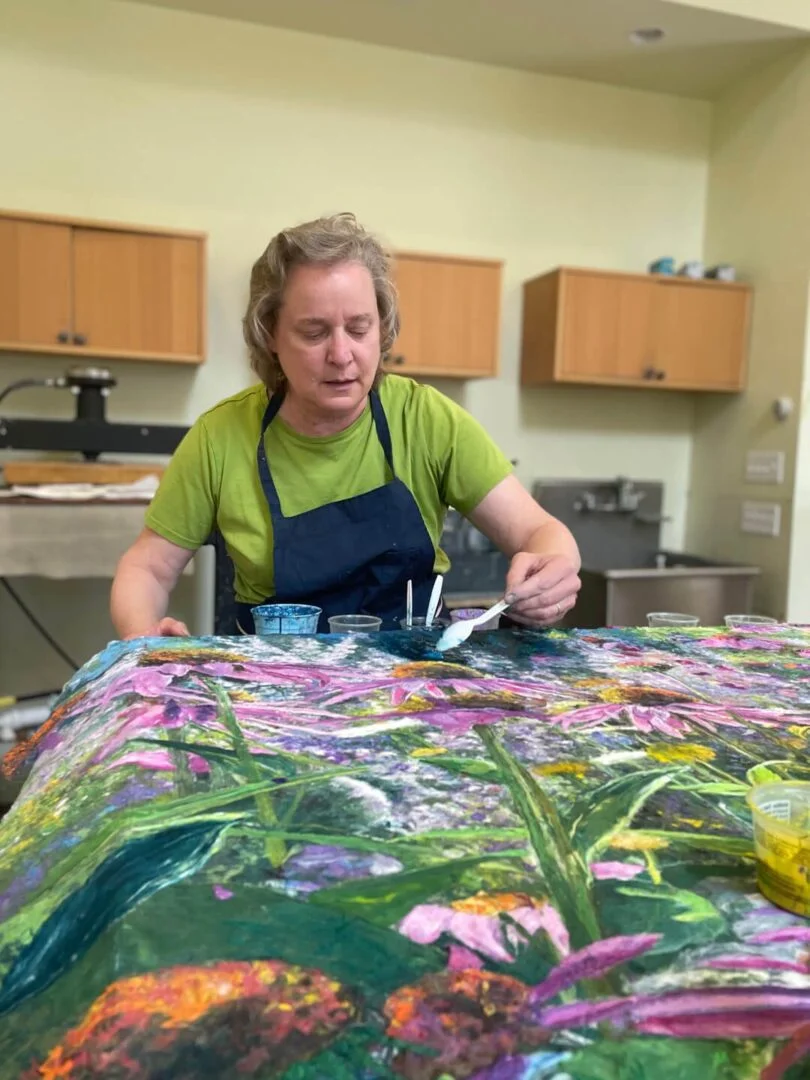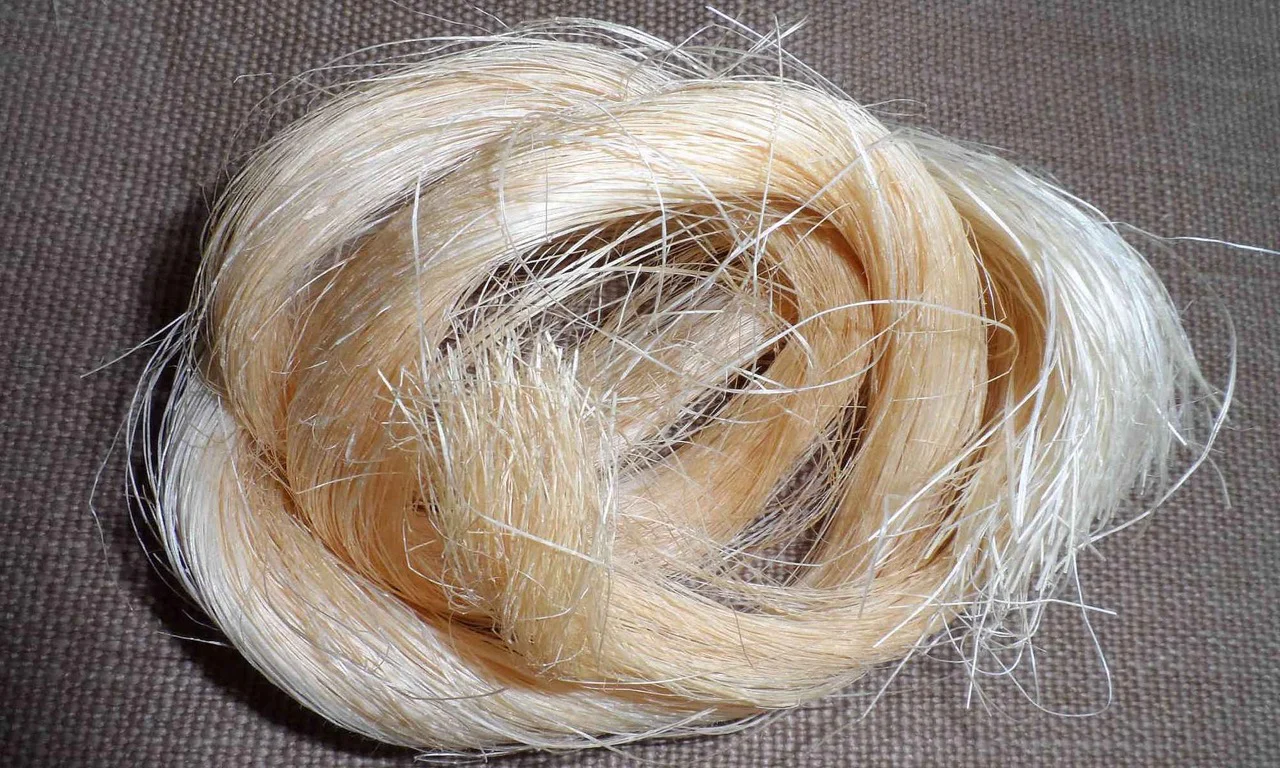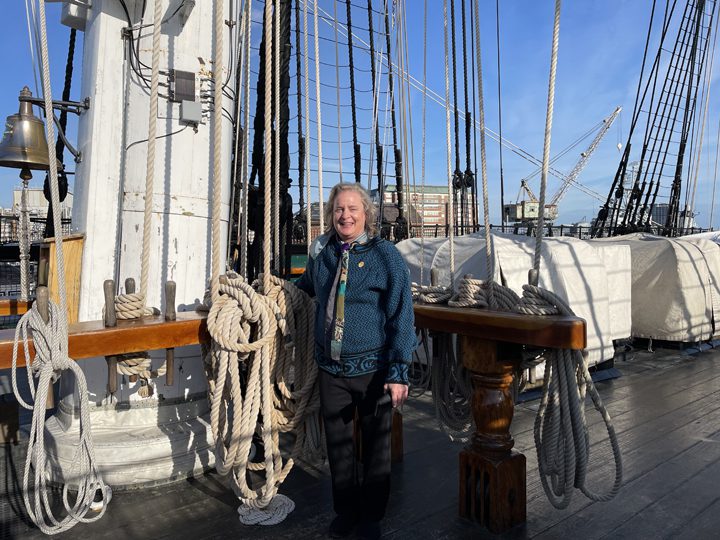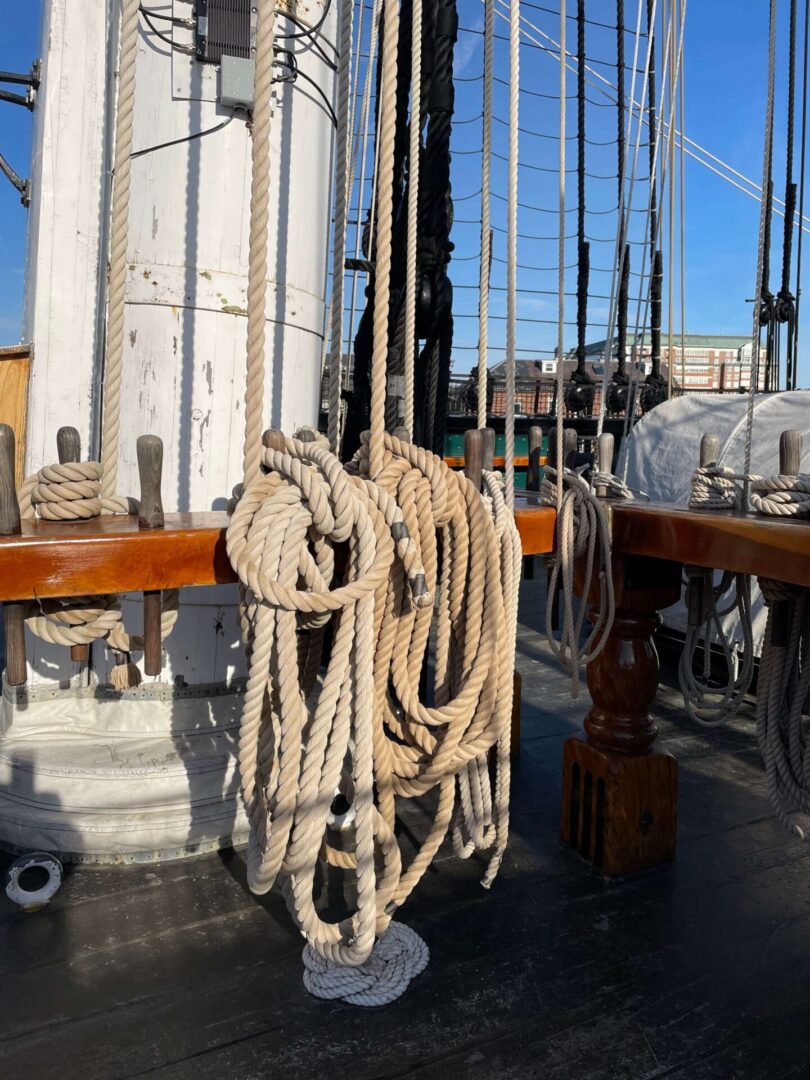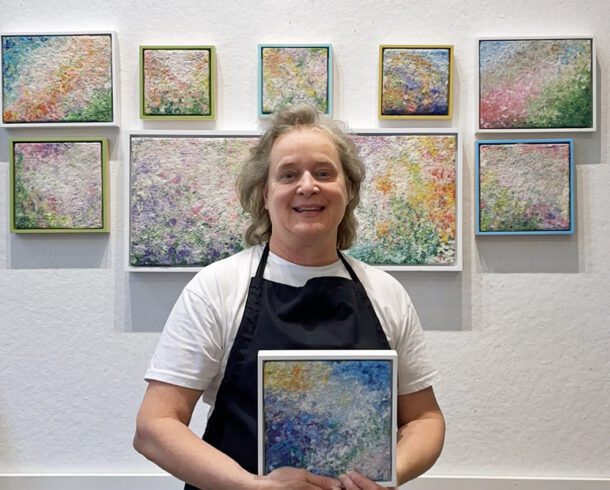October 24 is United Nations Day. This day marks the anniversary in 1945 of the signing of the UN Charter, the founding document of the United Nations. The material I use to make my art, abaca, is recognized by the UN as a “future fiber” due to its ability to offset the impact of climate change, protect wetlands from devastating natural disasters, and promote economic independence in developing countries. The number of products made from abaca is seemingly endless: baskets, filament for automobiles, clothing, stationery, tea bags, wall paper, and nautical rope.
Using abaca a my painting medium.
Here I am using abaca pulp that I beat in my studio to paint this flower-inspired painting. The pigments are pure pigments without any fillers, which enables me to avoid using plastic fillers commonly found on acrylic paints.
What is abaca?
Abaca is a plant native to the Philippines that is used for many textile applications. The plant itself resembles the banana plant, and the fiber is sourced from the leaf stalk and can be stripped into fine strands that are then woven.
The U.S. Navy uses abaca rope to moor their ships.
The rigging used to keep the USS Constitution safe and secure in Boston Harbor is made from abaca. Here I am in front of one of my abaca based paintings holding a piece of abaca rope. This sample was used to moor an ocean liner.
Rigging made from abaca has been keeping old ironside safe in her berth for over 200 years.
Visiting the USS Constitution, Boston Harbor, January 2022. Notice the size of the rope on this beloved ship. The ropes are made from abaca and have been since this beauty was used as an active naval vessel.

